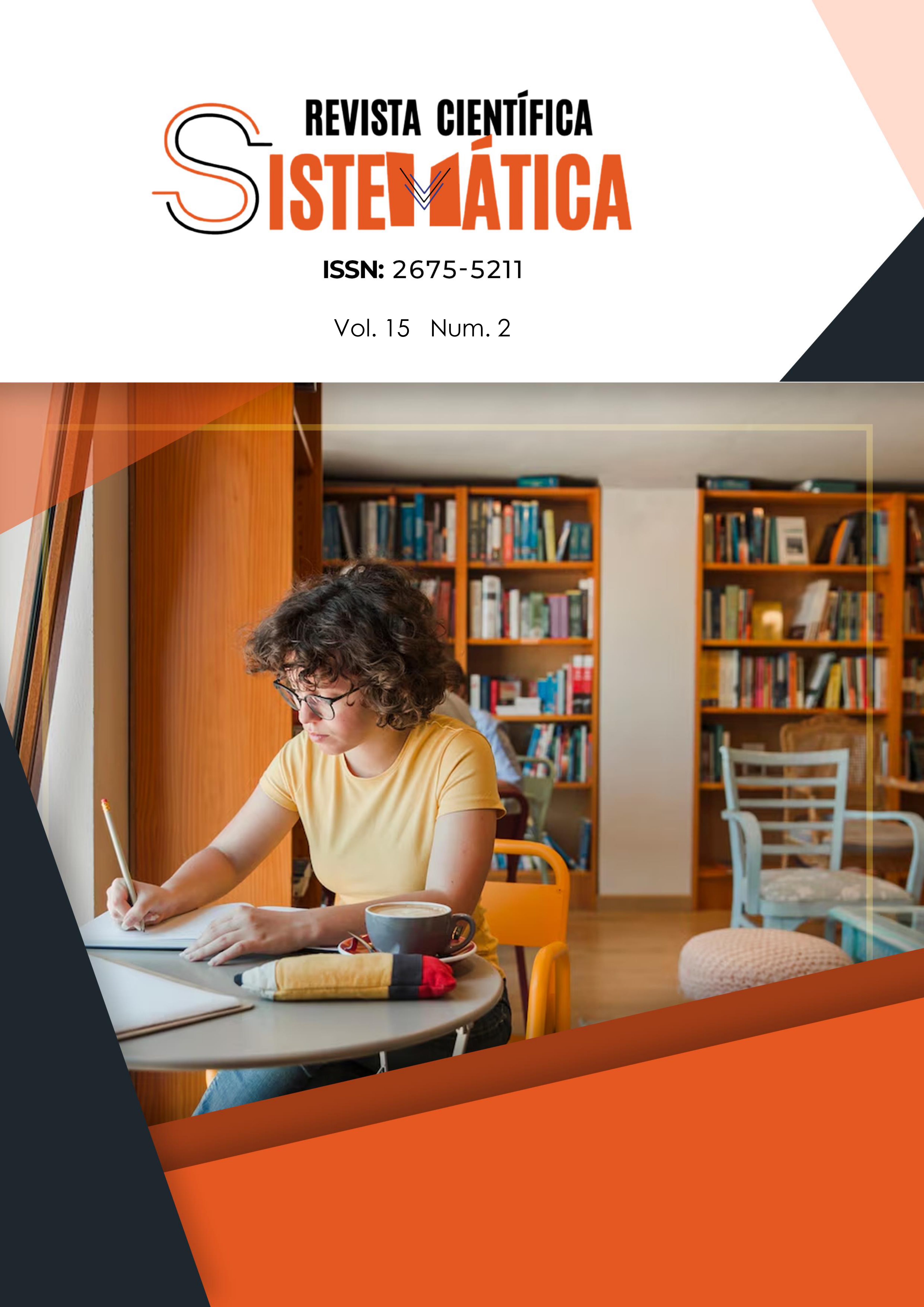ALKALI-ACTIVATION OF METAKAOLIN AND BRICK RESIDUE GROUND WITH SODIUM HYDROXIDE: INFLUENCE OF MOLARITY AND CURING TEMPERATURE
DOI:
https://doi.org/10.56238/rcsv15n2-008Keywords:
Alkaline Activation, Metakaolin, Ground Brick Residue, EfflorescenceAbstract
Alkali-activated cements are construction materials that have historical origins linked to the 1940s, when they were explored as an alternative to Portland cement. Over the decades, research in this area has progressed, making them an innovative and sustainable option in civil construction, with properties that favor durability and resistance. In this study, the mortar with 100% metakaolin (MC) as a precursor reached maximum compressive strength (34.5 MPa) when activated at 12.5 mol/liter and cured at 80ºC. However, as the ground brick residue (RTM) was added, the peak compressive strength shifted to mortars with lower molar concentrations of the alkaline activator. The lowest resistance was 0.4 MPa in the sample with 100% RTM, activated with 12.5 mol/liter and cured at room temperature. This difference of 86.5 times has several causes, including the degree of crystallinity of the RTM, the high viscosity of the mixture, which made compaction difficult, and the gradual loss of water due to the non-formation of a compact matrix. In the capillary water absorption test, mortars with 100% RTM showed efflorescence, evidencing the low technical feasibility for its use. This study demonstrated the superiority of CM over RTM and the significant strength gain of these mortars when subjected to thermal curing. It was observed that the curing temperature for low molarities did not statistically influence the compressive strength. However, this factor was preponderant in the amount of efflorescence formed.
Downloads
Published
Issue
Section
License
Copyright (c) 2025 Revista Sistemática

This work is licensed under a Creative Commons Attribution-NonCommercial 4.0 International License.


